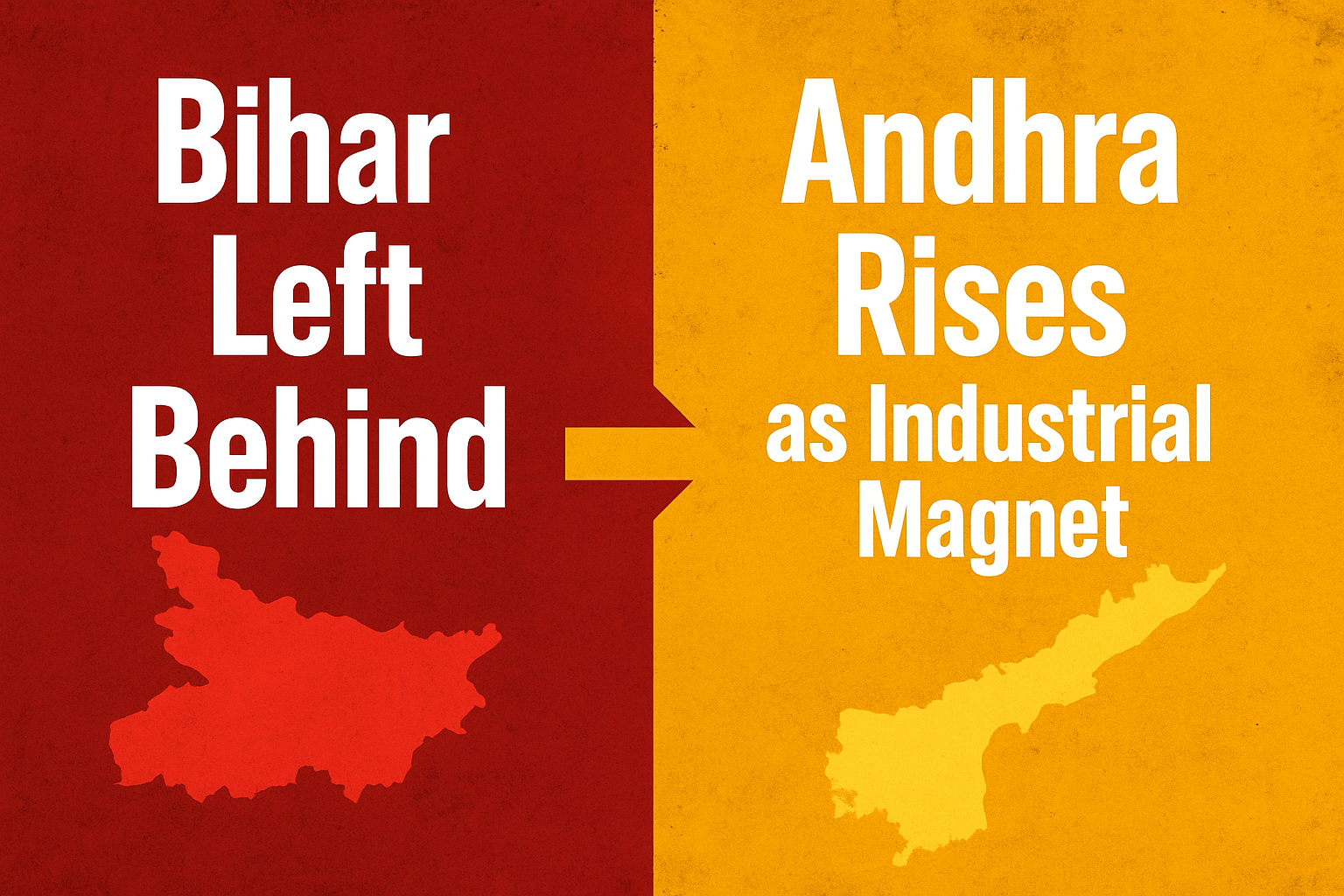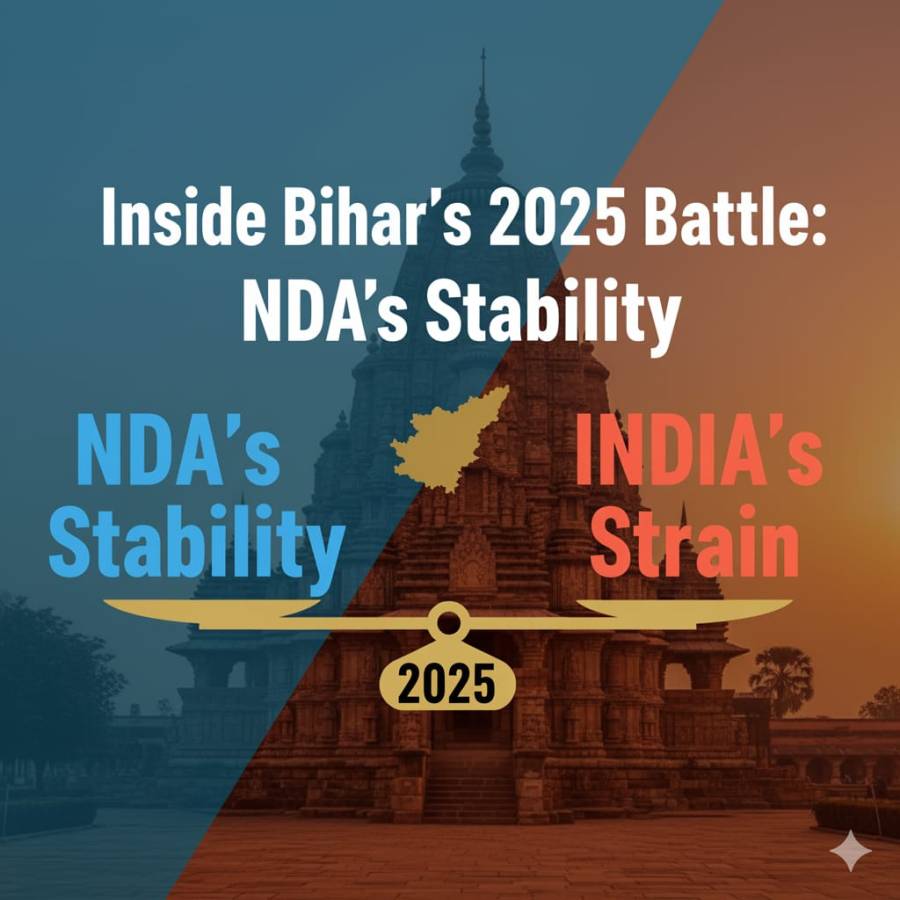
When Prime Minister Narendra Modi returned to power for the third time with the support of key allies such as Chandrababu Naidu and Nitish Kumar, many in Bihar hoped this political alignment would finally deliver tangible industrial development. Nitish Kumar, who has stood with the BJP for most of his political career, expected his loyalty to translate into economic rewards for his state. Yet, the ground reality tells a different story. While Andhra Pradesh, under Naidu’s renewed leadership, is pulling in massive investments and emerging as an industrial hotspot, Bihar continues to struggle with announcements that either stall midway or remain confined to political speeches.
The recent announcement by the Adani Group to set up a 2,400 MW ultra-supercritical thermal power plant in Pirpainti, Bhagalpur, with an investment of around USD 3 billion, was projected as a milestone for Bihar. Supported by a 25-year power supply agreement with the Bihar State Power Generation Company, the project has clear potential to ease power shortages and boost industrial demand. Yet, when compared with what Andhra Pradesh is attracting, this ambitious plant underscores Bihar’s modest progress. The timing of the announcement, just months before state elections, has also raised doubts over whether it represents a genuine push for development or merely a political gesture designed to influence voters.
Andhra Pradesh, meanwhile, is writing a completely different industrial narrative. In Visakhapatnam, a USD 6 billion data centre project by Google is in the pipeline, set to become one of the largest in India. Designed to power services like Google Cloud, YouTube and Android, the facility will rely significantly on renewable energy. The project not only creates thousands of jobs but also attracts ancillary industries, startups and global capital, positioning the state as a future hub of digital infrastructure. Such developments highlight the stark difference between Andhra Pradesh’s dynamic growth and Bihar’s limited industrial base.
Naidu’s government has marketed Andhra Pradesh with an investor-friendly pitch. Strategic advantages such as access to ports, transparent land acquisition, quick project approvals and an efficient single-window clearance system have helped the state stand out. Within just over a year, Andhra Pradesh has attracted investment commitments worth ₹14 trillion (over USD 170 billion) across green energy, advanced manufacturing, aquaculture, pharmaceuticals and IT. The State Investment Promotion Board has cleared hundreds of these projects, and several are already under execution. The speed of approvals and the visible progress on the ground reflect both investor confidence and the administrative capacity of the state.
Bihar, on the other hand, continues to grapple with the basics. Despite receiving thousands of investment proposals under its industrial policy in the past decade, only a small fraction have been operationalized. Infrastructure remains weak, industrial corridors are still in infancy, and logistical challenges deter large-scale investors. Bureaucratic bottlenecks add to the hurdles, creating an atmosphere of uncertainty. Except for the Adani project, few headline ventures have made their way into Bihar, and many previously announced projects remain either delayed or abandoned.
The contrast between the two states could not be sharper. Andhra Pradesh is positioning itself as a pioneer of green industrialization, anchoring its strategy on renewable energy, sustainable solutions and AI-driven innovation. Bihar, by contrast, still leans heavily on political announcements and election-centric promises that often falter in execution. Unless Bihar makes decisive reforms in infrastructure, governance and investor facilitation, it risks being permanently sidelined in India’s race for industrial leadership, even as states like Andhra Pradesh surge ahead as magnets for global capital.





















